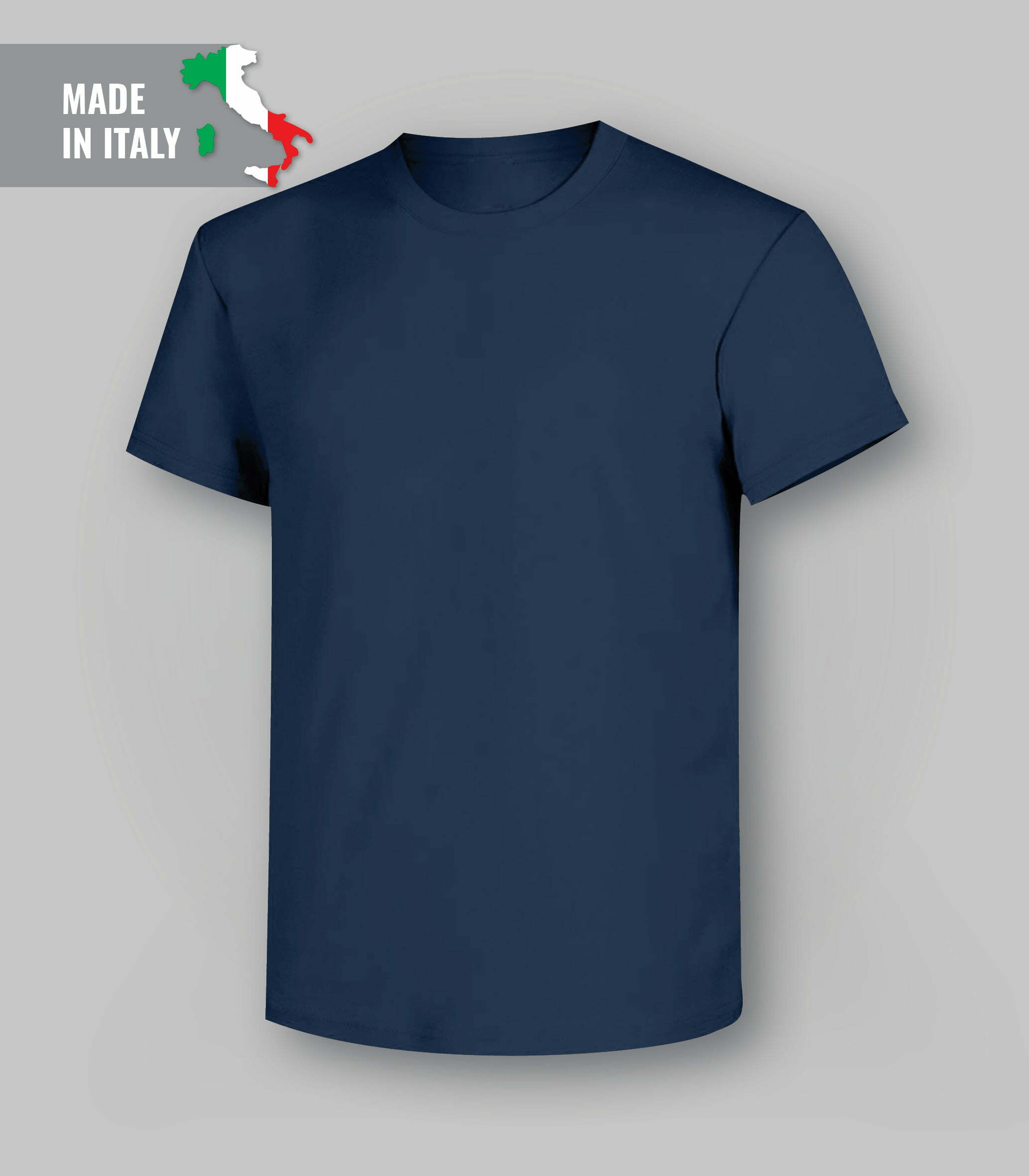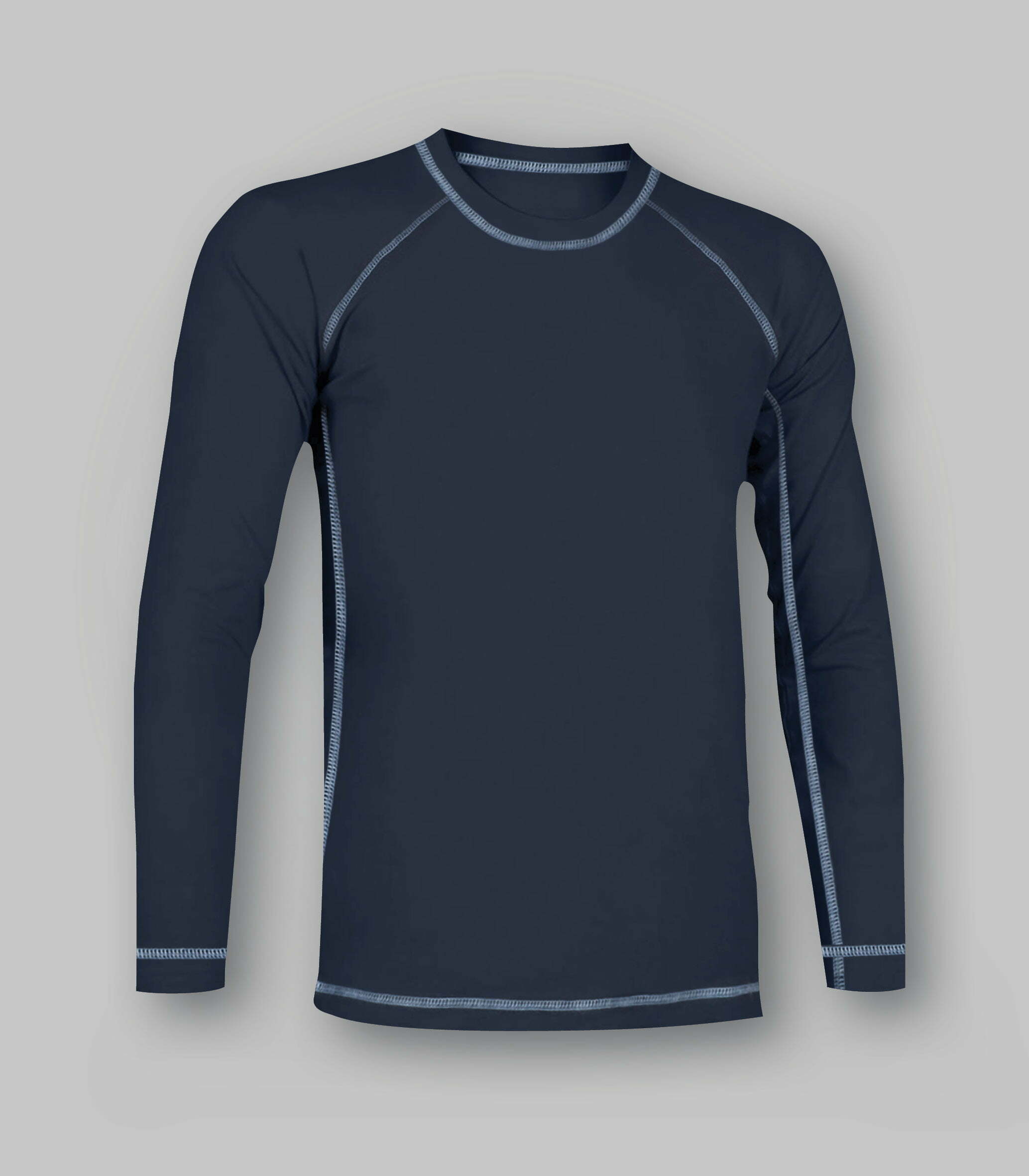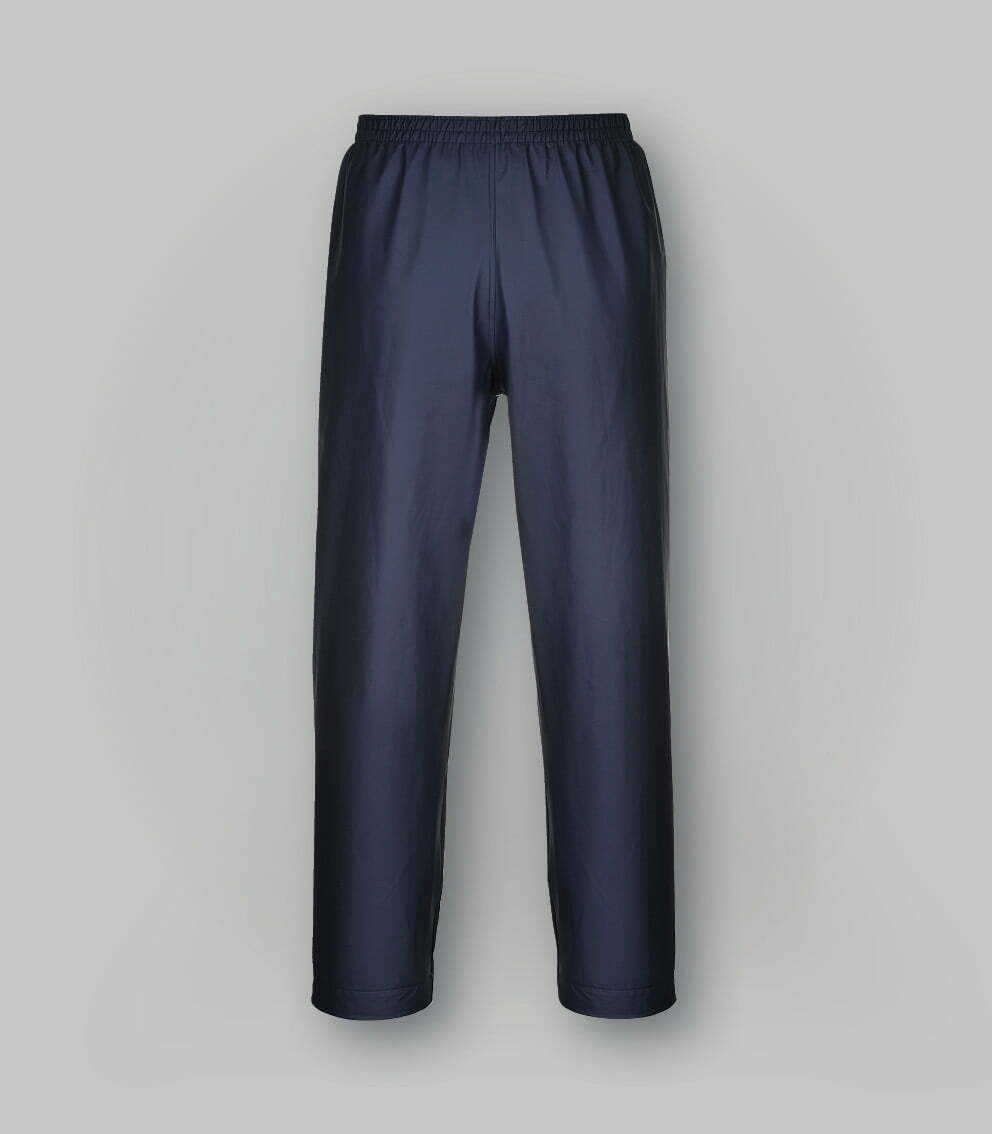UNI EN ISO 14116
PROTECTIVE CLOTHING AGAINST THE LIMITED FLAME SPREAD
The UNI EN ISO 14116 standard outlines the performance requirements that materials and their assemblies in limited flame spread protective workwear must meet. Its purpose is to reduce the risk of garments catching fire when they come into brief contact with small flames in areas with no significant fire hazard or other heat sources. Additional garment requirements are also detailed.
What Fireproof Clothing Protects Against
When discussing fire protection, we are referring to all measures aimed at minimising harm to people and objects and mitigating its consequences as much as possible.
In situations involving open flames or the potential for flame presence, it is crucial to utilise workwear that guards against these risks. Fireproof clothing is constructed from non-flammable or flame-retardant materials, reducing the likelihood of the fabric or material catching fire. This type of fabric is engineered to withstand extremely high temperatures, offering excellent protection against flames and slowing down the burning process.
Scope of Application
Flame-resistant clothing is primarily designed to shield the body from heat and flames.
Different types of fireproof clothing possess specific attributes depending on the risks that workers may encounter. Each type is governed by additional standards that further delineate their performance characteristics. These types include:
- Aluminized heat-resistant work clothing;
- Work clothing for forest and/or vegetation fires;
- Protective clothing for welding and related processes;
- Workwear for firefighters;
- Workwear for Oil & Gas operators.
General Requirements for Flameproof Clothing
In accordance with the UNI EN ISO 14116:2015 standard, clothing conforming to this standard must be flame-retardant, meaning it must be non-flammable or capable of delaying or reducing combustion, preventing it from posing a danger to the wearer.
This standard classifies garments into three categories based on specific tests:
- Category 1: The flame must not spread, should not generate flaming residues, and there should be no residual glow.
- Category 2: The flame must not spread, should not generate flaming residues, there should be no residual glow, and the fabric must be free of holes.
- Category 3: The flame must not spread, should not generate flaming residues, there should be no residual glow, the fabric must be free of holes, and it must not deteriorate for at least the first two seconds of exposure to the flame.
A category 1 garment must be worn over category 2 or 3 clothing and should not come into direct contact with the skin.
More on the EN 14116 Standard
The flame-retardant textile industry has witnessed significant advancements in technology and science in recent decades. In the past, in order to render a fabric, especially cotton, fireproof, chromium or titanium compounds were applied to it. These substances served as Flame Retardants (FR), preventing the formation of tarry materials and instead promoting the creation of carbonaceous ones that burn less readily, thus preventing the spread of combustion.
Over time, through thorough analysis, it became apparent that Chromium had toxic and carcinogenic properties, while Titanium and Zirconium were not very resistant to washing. Consequently, the use of these elements was quickly discontinued, and they were replaced with organobromine compounds.
In the 1960s, flame-retardant synthetic textile fibres were found to possess flame-resistant characteristics, replacing the previously used materials. The heat-resistant properties of these fibres result from the chemical structures of the polymers composing them.
Flame Retardant
Flame Retardants have the purpose of initiating chemical processes that disrupt the fabric’s combustion process, achieving the following:
- The release of water or gas to dilute the gases that fuel combustion.
- The absorption of thermal energy to cool the burning material.
- The production of a resilient, non-flammable layer on the material’s surface.
Before applying flame protection to fabric, it must be tested on a small area to ensure compatibility and prevent harm. The fabric being tested should be thoroughly cleaned and dry before any flame-retardant treatment is applied. However, a drawback of flame retardants is that they lose their flame-retardant properties through washing and produce toxic fumes when exposed to flames.
Limit Oxygen Index
The flame-retardant qualities of Flame Retardants are denoted by a numerical value, accompanied by the abbreviation L.O.I. (Limit Oxygen Index): the minimum concentration of oxygen, expressed as a percentage, needed to support polymer combustion. This is the primary parameter for distinguishing and assessing fibre flammability.
Considering that under normal conditions, the oxygen concentration in the air is 21%, according to the Limiting Oxygen Index (L.O.I.), fibres can be categorised into three groups:
- The first group encompasses both natural and synthetic fibres that are highly flammable and exhibit an L.O.I. of approximately 18 (e.g., cotton, acrylic, polypropylene, and cellulosic fibres). Some synthetic fibres have a slightly higher L.O.I. of around 22 (e.g., polyamide and polyester), offering acceptable performance in less critical applications such as flooring and wall coverings.
- The second group comprises synthetic fibres with L.O.I. values ranging from 28 to 31, displaying flame-retardant properties. These fibres have the advantage of imparting permanent flame-retardant characteristics to fabrics, functioning as flame inhibitors. The majority of flame-retardant textiles on the market are produced using these modified fibres because, along with adequate fire reaction properties, they combine cost-effectiveness, ease of processing, and textile aesthetics suitable for most market demands.
- The third group consists of fibres referred to as “heat resistant,” with L.O.I. values exceeding 30 to 50, including carbon fibres, meta and para-aramid fibres, and other fibres composed of condensed aromatic or cyclic core polymers. Textile products made from these fibres tend to carbonise during combustion and do not emit flammable gases. These materials serve as the basis for high-cost technical products that necessitate special precautions during production and processing. Consequently, their use, which is experiencing significant growth, is reserved for specific industries willing to invest in superior performance.
Summary Table of Flame-Retardant Materials
L.O.I. LIMIT OXYGEN INDEX
First Group Flame Retardant
| COTTON | 19 |
|---|---|
| VISCOSE RAYON | 19 |
| VISCOSE | 19 |
| POLYESTER | 22 |
| WOOL | 25 |
Second Group Flame Retardant
| FR TREATED COTTON | 28 |
|---|---|
| FR VISCOSE RAYON | 28 |
| FR VISCOSE | 29 |
| FR POLYESTER | 29 |
| FR WOOL | 31 |
| MODACRYLIC | 31 |
Third Group Flame Retardant
| ARAMID | 29-34 |
|---|---|
| POLYAMIDE-IMIDE (GLASS FIBERS) |
30-32 |
The third group comprises highly heat-resistant fibres such as glass and aramid fibres.
Glass fibres are employed in the production of a wide range of “composite materials.” These materials consist of two or more components, including glass fibres and a matrix, typically composed of resin, plastic, or metal. The matrix serves to shield the fibres and maintain the structural integrity of the heat-resistant fibres, ensuring they maintain the correct orientation to withstand forces.
Glass fibre possesses several advantageous characteristics, including high mechanical strength, thermal insulation capabilities, resistance to temperature fluctuations, resistance to chemical agents, and effective flame-retardant properties.
Aramid fibres are polymeric fibres derived from the processing of aromatic polyamides. Polyamides can contain a certain number of “aromatic rings,” which is a distinctive structure resembling the benzene molecule, consisting of six carbon atoms forming a regular hexagon with an external hydrogen atom. When the content of aromatic rings exceeds 85%, they are referred to as aramids. Fabrics crafted from aramid fibres do not melt, drip, or support combustion when exposed to open flames.
Efficiency tests against heat protection: Example of thermal protective clothing

The DuPont Group has developed two test methods to measure the level of thermal protection provided by a fabric or garment: Thermal Protection Performance (TPP) and Thermo Man.
During the Thermal Protection Performance test, the fabric is subjected to realistic fire conditions involving a combination of radiant and convective heat. The test involves measuring the time and the amount of thermal energy per unit area required for the temperature on the inner surface of the fabric to reach a level that could cause a second-degree burn. Dividing the TPP value (cal/cm²) by the base weight of the fabric (in g/m 2) yields the FFF factor (Fabric Failure Factor), which indicates the fabric’s thermal insulation capacity. A higher FFF factor implies better thermal protection per kilogram of fabric. This test enables an objective comparison of materials under the same conditions, taking into account the protection-to-weight ratio.
The Thermo Man test is conducted on garments, with a dummy equipped with over 100 thermal sensors wearing the garment. The garment is exposed to fire with temperatures reaching up to 1000°C, simulating the fire conditions typically encountered in industrial accidents to evaluate the protective efficiency and integrity of the garments.
Washing and maintenance
Here are some tips for maintaining the flame-retardant characteristics of this type of protective clothing:
- The garments can be washed or dry-cleaned using conventional methods without affecting their flame-retardant properties.
- It is advisable to wash the garments at 60°C and always follow the garment manufacturer’s washing recommendations.
- The washing cycle should not exceed one hour.
- Thoroughly rinse the garment to remove detergent residues.
- A dryer can be used at a temperature of 60°C.
- It is recommended to use a liquid detergent with a neutral pH not exceeding 9.0. Stubborn stains can be treated before machine washing by applying liquid stain-removing soap to the stain.
- Garments should never be bleached with chlorine or oxidising agents, and under no circumstances should they be washed with caustic agents like ammonia or bleach.
The future
Two main types of fibres represent the future: polyamide-imide fibres (P.A.I.) and polybenzimidazole fibres (PBI).
P.A.I. boasts high mechanical strength, good abrasion resistance, and low thermal expansion (up to 250°C). They exhibit dimensional stability in heat and resistance to extremely elevated temperatures. These fibres also offer excellent radiation resistance and find applications in high-tech equipment, electrical components, gaskets, and more.
PBI competes with Kevlar fibres and offers:
- High resistance to chemicals and solvents.
- Incombustibility.
- Excellent friction and wear resistance.
- Good dielectric (electrostatic field) and electrical insulation properties.
These fibres are used to manufacture suits for astronauts, firefighters, and especially gloves designed to protect against direct exposure to elevated temperatures. Although they come with a high cost, efforts are being made to reduce the price without compromising performance by blending them with other fibres with similar characteristics, such as Kevlar. Typically, a flame-retardant garment (inherently or chemically treated) incorporates carbon fibre to impart antistatic properties.
Safety in welding
Visit our website to explore all the Protecting Clothing against the Limited Flame Spread.












